Yagam Hongyeomcheon Tourist Hotel (약암홍염천관광호텔)
0m 10486 2020-04-15
965-7, Yagam-ro, Gimpo-si, Gyeonggi-do
+82-31-989-7000
Yagam Hongyeomcheon Tourist Hotel in Gimpo offers 71 guest rooms and a variety of amenities, including the Mammoth Tub, able to accommodate over 1,000 guests at once. Being near the city, many tourists from Seoul and Incheon come to relax during the weekends. The Hongyeomocheon waters are famous for healing the eye disease of Joseon dynasty King Cheol-Jong. The water come from 460 meters underground. It is clear, clean, and contains great iron minerals and the salt content is one tenth of the ocean water. The water color turns red after about ten minutes of exposure to the air.
Susan Park (수산공원)
713.1966836493783m 0 2023-08-08
52, Daemyeonghang 1-ro, Gimpo-si, Gyeonggi-do
+82-31-985-6672
Located in Daemyeongpo-gu in Gimpo, the large leisure cafe also operates a sushi restaurant, kid's cafe and monsterium. Open all year round, fresh sushi is available starting at 11:00 AM. With a large parking lot, it is convenient for visitors to come by car.
Gimpo Daemyeong Port (김포 대명항)
941.1302762775633m 64867 2023-02-02
109, Daemyeonghang 1-ro, Daegot-myeon, Gimpo-si, Gyeonggi-do
The piercing smell of salt, the energy of freshly caught fish, fishing boats returning from far out at sea, and people walking in and out of the fish market and raw fish restaurants - these are the scenes of Daemyeong Port in Daegot-myeon, Gimpo where the fresh vigor of life is vividly alive. It is located just 30 minutes from Gimpo Airport by car so it is close to Seoul. Fishermen and owners of fishing boats personally run raw fish restaurants so the prices of raw fish are about 20% cheaper here than at other ports, according to the people of Daemyeong Port. Raw fish restaurants that you first encounter at the entrance of the port have tanks filled with freshly caught fish, and fishing nets spread out here and there vividly show the unique characteristics of a port. As it is the only port on the coast of Ganghwado Island, you are able to fully enjoy the beautiful seascape. The port is also receiving a great deal of attention both locally and nationwide thanks to the Daemyeong Type 2 Fishery Harbor project and the Pungeoje Festival. In 2001, Daemyeong Port was selected as one of the "7 Winter Seas recommended by the Korea Tourism Organization" for its beautiful seascape and flavors of a traditional port. Facing Ganghwado across Ganghwa Strait, Daemyeong Port is not as busy with tourists as Sorae Port or Yeonan Pier and boasts quiet and affectionate scenes of a fishing village. Nearby lies Deokpojin Fort, which is a historical site where our ancestors in the late Joseon Dynasty fought against foreign forces.
Daemyeonghang Fishery Market (대명항수산물직판장)
941.3239546416554m 4771 2024-02-26
109 Daemyeonghang 1-ro, Daegot-myeon, Gimpo-si, Gyeonggi-do
Daemyeonghang Fishery Market specializes in selling only natural, freshly caught seafood, brought directly by local fishermen. In spring, the market offers shaggy sea raven filled with roe and webfoot octopus. Summer brings a selection of sea bass and flatfish, while autumn features an abundance of blue crabs. Continuously attracting visitors seeking the freshest seafood, the market also includes a dedicated section for salted and dried seafood products.
Gimpo Hamsang Park (김포함상공원)
1.1 Km 4809 2023-08-08
110-36, Daemyeonghang 1-ro, Gimpo-si, Gyeonggi-do
+82-31-987-4097
Gimpo Hamsang Park is the first battleship themed park in the Seoul metropolitan area. With LST battleship on display, there are many things to see and experience at the park. Visitors can learn various information about the lives and duties of naval officers as well as enjoy a panoramic view of the West Sea.
Deokpojin Museum of Education (덕포진교육박물관)
1.8 Km 29662 2021-02-26
90, Deokpojin-ro 103beon-gil, Gimpo-si, Gyeonggi-do
+82-31-989-8580
Deokpojin Museum of Education was established by Kim Dong-seon, an elementary school teacher, for his wife, Lee In-suk who lost her eye sight due to an accident while she was also an elementary school teacher. He decided to build the museum to cheer up his wife who was deeply depressed with the fact that she could no longer teach students. Through the husband's will to give his wife opportunities to teach children again, his dream to create hands-on educational programs not available in the ordinary school education system became a reality as well. The museum was finally opened in 1996 with materials collected by the couple, comprised of a music class taught with her pump organ and Mr. Kim's collection of various school materials such as a book wrapper, a nature textbook from 1960, nickel silver lunch boxes and more. These collections attracts many visitors, from kindergarteners to university students and even family visitors.
Ganghwa Chojijin Fortress (강화 초지진)
1.9 Km 29729 2021-02-10
58, Haeandong-ro, Ganghwa-gun, Incheon
+82-32-930-7072
Chojijin Fortress is believed to have been built in 1655 (6th year of King Hyojong) for the purpose of national defense against coastal attacks from foreign enemies based on articles regarding the construction of Chojijin Fortress. The fortress was the scene of many hard-fought battles including the invasions of America and Japan in the 1870s. The site was then taken by the foreign troops due to the inferior fighting power of the Korean military, and very nearly completely destroyed. In 1876 (13th year of King Gojong), the Japanese warship Unyangho invaded and forced the Joseon Kingdom to open their ports, which later led to the forced signing of the Jana-Korea Treaty of 1876. Only the base of the fortress and the site of the high ground remained until 1973, when restoration work was started. The patriotic spirit of the Joseon dynasty still remains in this historic site.
Ganghwa Ginseng Department Store [Tax Refund Shop] (주식회사 강화인삼백화점)
2.0 Km 0 2024-04-22
2F, 10, Hoenamu-ro 42-gil, Yongsan-gu, Seoul
-
Ganghwa Haesoo Land (강화해수랜드)
2.2 Km 51416 2024-02-20
13-12 Haeannam-ro, Gilsang-myeon, Ganghwa-gun, Incheon
Ganghwa Haesoo Land, established in 1992, is a comprehensive leisure facility that integrates a sauna with seawater baths. The sauna encompasses various facilities, including red clay sauna, salt sauna, charcoal sauna, and steam sauna. The seawater baths utilize mineral-rich seawater sourced from 560 meters underground. Complementing these features, the facility offers additional amenities such as a swimming pool, outdoor concert hall, and a café.
Ganghwa Deokjinjin Fortress (강화 덕진진)
2.8 Km 29242 2020-03-16
34, Deokjin-ro, Ganghwa-gun, Incheon
+82-32-930-7074
Deokjinjin was the key strategic point of the outer castle wall used for defending the Ganghwa Straits during the Goryeo dynasty (918-1392). It was originally a military camp commanded by an official with the rank of Cheomsa under the command of the Korean naval base. In 1677, an official with the rank of Manho was assigned to this camp along with 26 military officials, 100 soldiers, 2 battle ships, and other military equipment. In 1679, the Namjangpodae and Deokjinpodae batteries were stationed here.
Deokjinjin Camp was the scene of fierce battles that took place during Byeonginyangyo (the French invasion in 1866) and Shinmiyangyo (the American invasion in 1871). The battlements and gatehouse of Deokjinjin that had all been destroyed during Sinmiyangyo were restored in 1977. At the Namjangpodae Battery, cannons used by the Joseon military have been reproduced and installed for display.
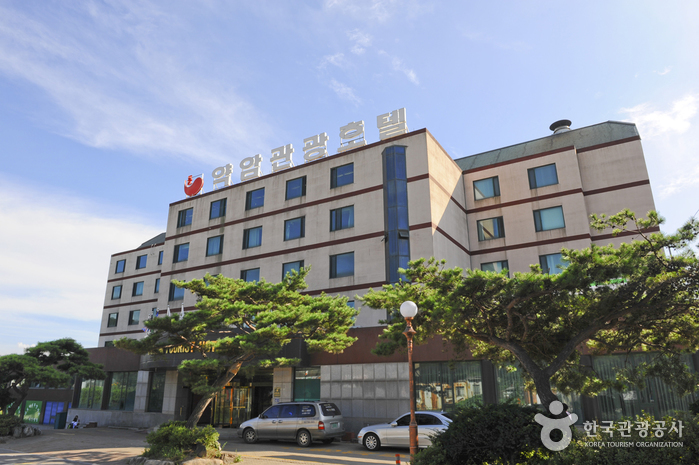

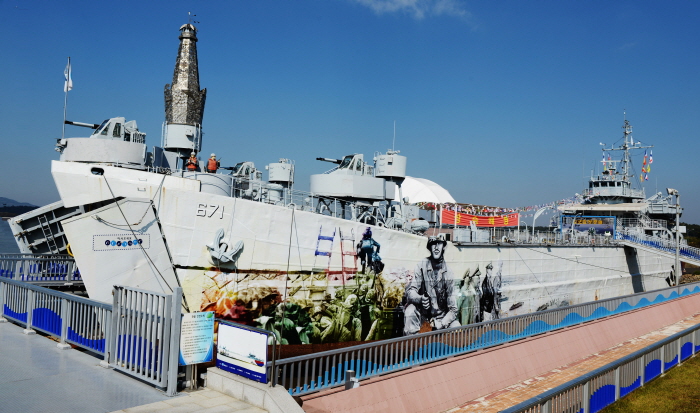
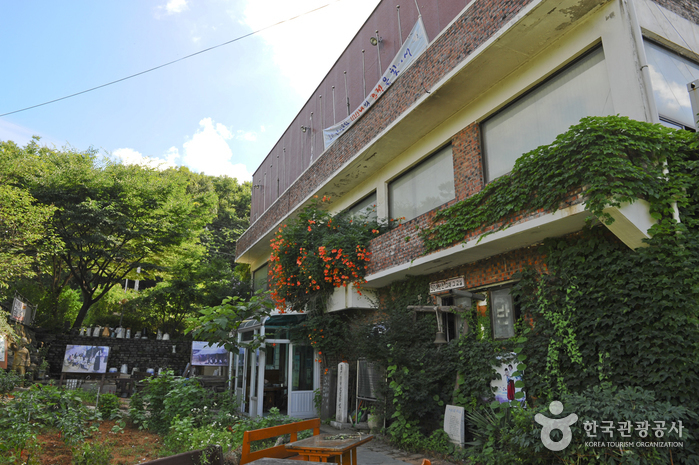
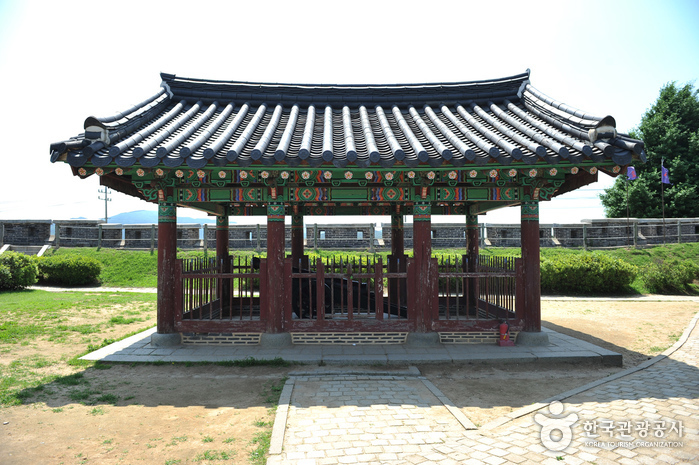
![Ganghwa Ginseng Department Store [Tax Refund Shop] (주식회사 강화인삼백화점)](http://tong.visitkorea.or.kr/cms/resource/91/2882891_image2_1.jpg)
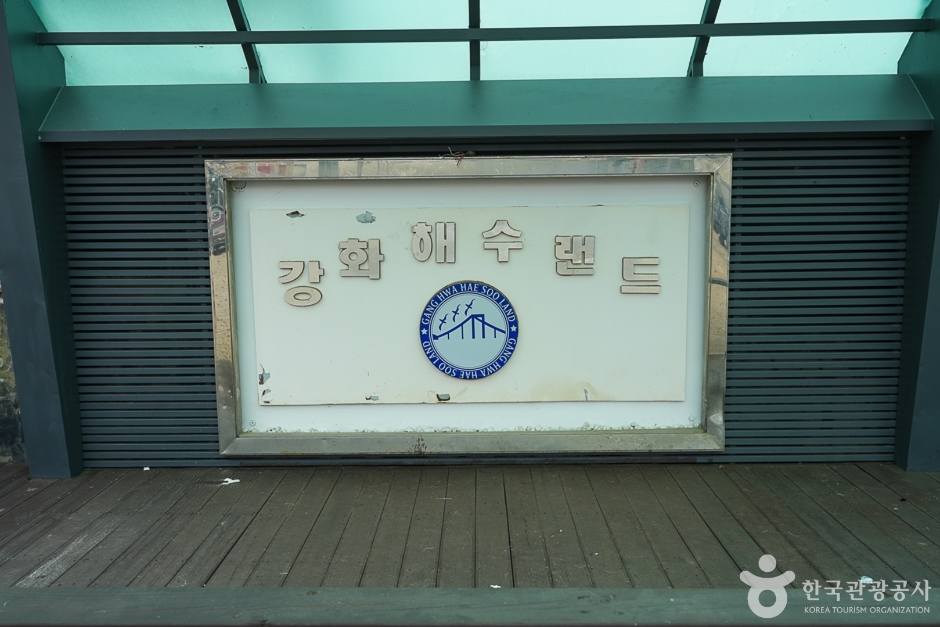
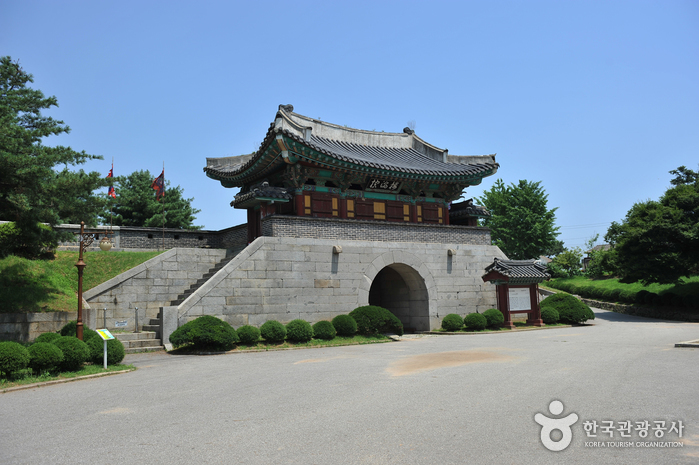
 English
English
 한국어
한국어 日本語
日本語 中文(简体)
中文(简体) Deutsch
Deutsch Français
Français Español
Español Русский
Русский